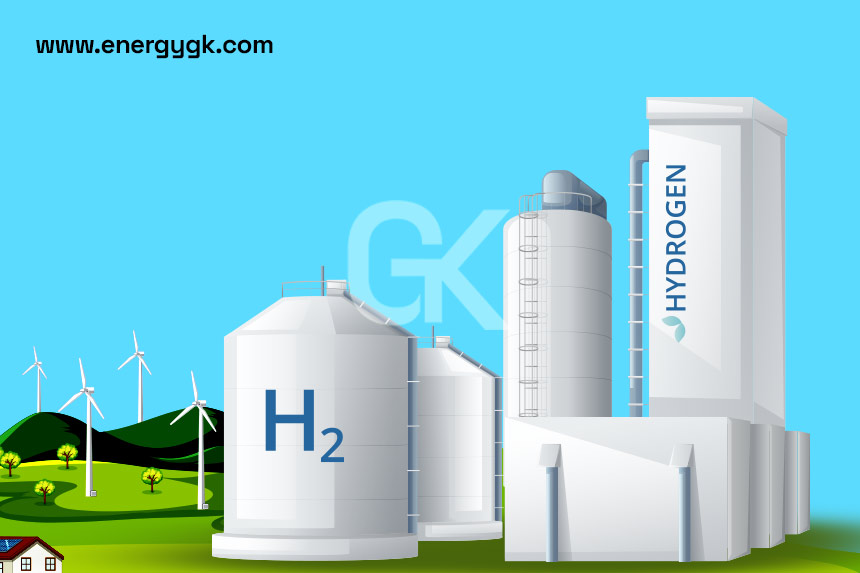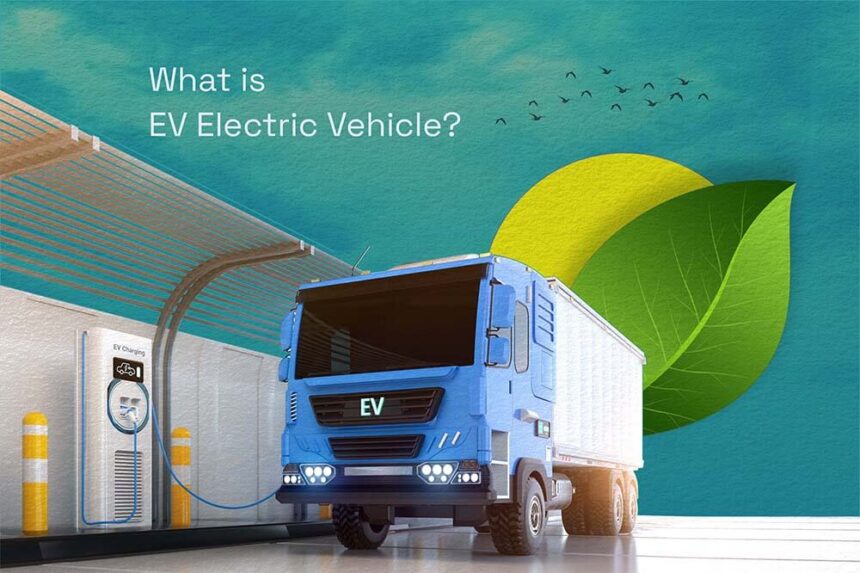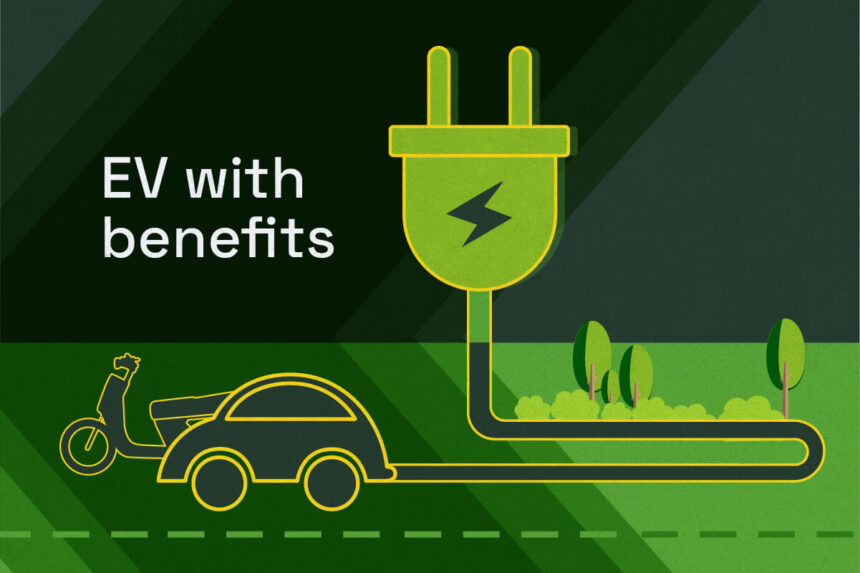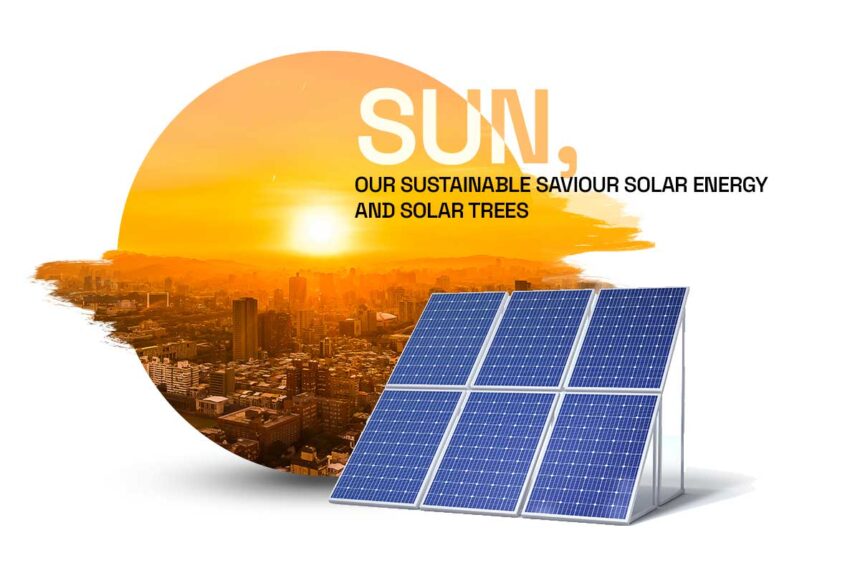Introduction
The global energy landscape is rapidly evolving, with a growing focus on sustainable and environmentally friendly solutions. In this article, we will delve into the world of renewable energy, exploring its benefits, challenges, and potential for the future. Renewable energy sources offer a promising alternative to conventional fossil fuels, addressing climate change concerns and driving economic growth. However, the transition to a renewable energy-powered world is not without its hurdles. Let’s uncover the insights and intricacies of renewable energy and its role in shaping a cleaner, greener future.
Understanding Renewable Energy
Definition and Types of Renewable Energy Sources
Renewable energy refers to energy obtained from naturally replenishing sources that are virtually inexhaustible. It encompasses a diverse range of sources, including solar, wind, hydroelectric, biomass, and geothermal energy. Each source harnesses different mechanisms to generate clean and sustainable power.
Importance of Renewable Energy
Renewable energy plays a crucial role in addressing the challenges posed by climate change and reducing dependence on finite fossil fuels. By harnessing energy sources that naturally replenish, we can achieve a more sustainable and resilient energy system. Moreover, renewable energy sources offer a pathway to energy independence and security, promoting economic growth and job creation.
Environmental Benefits of Renewable Energy
One of the primary advantages of renewable energy is its significantly lower environmental impact compared to fossil fuel-based alternatives. Renewable sources produce little to no greenhouse gas emissions during operation, mitigating climate change risks. Additionally, they help conserve natural resources and preserve ecosystems, ensuring a healthier planet for future generations.
Advantages of Renewable Energy
Clean and Sustainable Power Generation
Renewable energy sources provide a clean and sustainable method of power generation. Solar panels convert sunlight into electricity, while wind turbines harness the power of wind to produce energy. These technologies have a minimal carbon footprint and do not contribute to air pollution, making them vital for combating climate change.
Reduction of Greenhouse Gas Emissions
The use of renewable energy significantly reduces greenhouse gas emissions, which are major contributors to global warming. By replacing fossil fuel-based power plants with renewable alternatives, we can curb the release of carbon dioxide and other pollutants into the atmosphere, helping to mitigate climate change and its associated risks.
Energy Independence and Security
Renewable energy sources offer the potential for greater energy independence and security. Unlike fossil fuels, which often require imports from other countries, renewable energy can be produced locally, reducing dependence on foreign energy sources. This enhances a nation’s energy self-sufficiency and reduces vulnerability to geopolitical tensions and price fluctuations in the global energy market.
Job Creation and Economic Growth
The transition to renewable energy presents significant opportunities for job creation and economic growth. The renewable energy sector requires a skilled workforce for the development, installation, and maintenance of renewable energy infrastructure. This sector has the potential to generate a wide range of employment opportunities, from manufacturing and construction to research and development, fostering economic prosperity and stimulating innovation.
Challenges in Implementing Renewable Energy
Intermittency and Storage Issues
One of the primary challenges of renewable energy is its intermittency. Solar and wind energy generation fluctuates based on weather conditions, which can lead to variability in power supply. Additionally, storing excess energy for times when renewable sources are not actively generating poses a technical and economic challenge. Developing efficient energy storage solutions is crucial to address the intermittent nature of renewable energy and ensure a stable and reliable power grid.
High Initial Costs and Funding Challenges
While renewable energy has become more cost-effective in recent years, the initial capital costs of establishing renewable energy infrastructure can still be high. This poses a barrier, particularly for developing countries or regions with limited financial resources. Access to funding and financial incentives are essential to support the deployment of renewable energy technologies and make them economically viable.
Infrastructure and Grid Integration
Integrating renewable energy into existing infrastructure and power grids can be complex. The variability of renewable energy sources requires adjustments to grid management and distribution systems. Upgrading and expanding infrastructure, including transmission lines and smart grid technologies, are necessary to accommodate the increasing penetration of renewable energy and ensure efficient energy delivery.
Public Perception and Resistance
Public perception and resistance can also hinder the widespread adoption of renewable energy. Concerns related to visual impacts, noise, and potential effects on wildlife can arise when renewable energy projects are proposed. Effective community engagement, education, and transparent communication are essential to address these concerns, build trust, and garner support for renewable energy initiatives.
Overcoming the Challenges
Technological Innovations and Advances
Technological innovations play a pivotal role in overcoming the challenges associated with renewable energy. Continued research and development efforts are essential to improve the efficiency of renewable energy technologies, enhance energy storage capabilities, and address intermittency issues. Advancements in materials science, battery technology, and grid integration systems are paving the way for a more reliable and robust renewable energy infrastructure.
Government Support and Policy Framework
Government support and a conducive policy framework are crucial for the successful implementation of renewable energy projects. Clear regulations, incentives such as tax credits and feed-in tariffs, and long-term renewable energy targets provide stability and attract investments. Governments can also facilitate research and development, foster public-private partnerships, and prioritize renewable energy in national energy strategies.
Collaboration and International Efforts
Collaboration and international cooperation are key to addressing the global challenges of renewable energy adoption. Sharing best practices, knowledge, and experiences can accelerate progress and foster innovation. International agreements and initiatives, such as the Paris Agreement and the International Renewable Energy Agency (IRENA), promote collaboration among nations to transition to a sustainable and low-carbon energy future.
Future Outlook for Renewable Energy
Increasing Renewable Energy Capacity
The future holds great potential for renewable energy expansion. Continued advancements in technology, coupled with supportive policies, are expected to drive the rapid growth of renewable energy capacity. Solar and wind power are projected to become increasingly dominant sources of electricity generation, with significant investments being made in utility-scale renewable projects.
Integration with Smart Grids and Energy Systems
Renewable energy is expected to play a vital role in the integration of smart grids and energy systems. Smart grids enable the efficient management and distribution of electricity, optimizing the use of renewable energy sources and improving grid reliability. Advanced monitoring, control, and communication systems facilitate real-time data analysis and enable demand response mechanisms, allowing consumers to actively participate in the energy market.
Role of Energy Storage Solutions
Energy storage solutions are crucial for the effective utilization of renewable energy. By storing excess energy during periods of high generation and releasing it during times of high demand or low generation, energy storage systems help balance supply and demand. Advancements in battery technology, pumped hydro storage, and emerging technologies like hydrogen storage are enhancing the viability and scalability of energy storage, making renewable energy a more reliable and dispatchable resource.
Emerging Technologies and Trends
Several emerging technologies hold the potential to revolutionize the renewable energy landscape. Innovations in floating solar panels, wave energy converters, tidal power, and geothermal technologies are expanding the range of viable renewable energy sources. Additionally, the integration of artificial intelligence, machine learning, and blockchain technology can optimize energy management, enhance grid efficiency, and facilitate peer-to-peer energy trading.
Conclusion
Renewable energy offers immense benefits and holds the key to a sustainable and low-carbon future. It provides clean, abundant, and locally available energy, reduces greenhouse gas emissions, promotes energy independence, and drives economic growth. While challenges such as intermittency, high costs, infrastructure integration, and public perception exist, they can be overcome through technological advancements, supportive policies, and international collaboration. As renewable energy capacity continues to increase and smart grid integration progresses, we can look forward to a cleaner and more resilient energy system that safeguards the environment and supports global prosperity.
FAQs (Frequently Asked Questions)
- What is the most common type of renewable energy?
- The most common type of renewable energy is solar energy, which harnesses the power of sunlight to generate electricity.
- How does renewable energy help combat climate change?
- Renewable energy reduces greenhouse gas emissions by replacing fossil fuels, which contribute to climate change. By using clean energy sources, we can mitigate the impacts of global warming.
- Are renewable energy sources economically viable?
- Yes, renewable energy sources are becoming increasingly economically viable. The costs of renewable technologies have decreased over time, making them competitive with fossil fuels in many regions. Additionally, the long-term benefits and cost savings associated with renewable energy outweigh the initial investment.
- What are the key barriers to adopting renewable energy?
- Some key barriers to adopting renewable energy include high initial costs, intermittency and storage issues, infrastructure integration challenges, and public perception concerns. Overcoming these barriers requires technological advancements, supportive policies, and public awareness.
- How can individuals contribute to renewable energy adoption?
- Individuals can contribute to renewable energy adoption by implementing energy-efficient practices at home, investing in solar panels or wind turbines, supporting renewable energy policies, and advocating for sustainable practices in their communities. Every small step counts toward a greener future.







